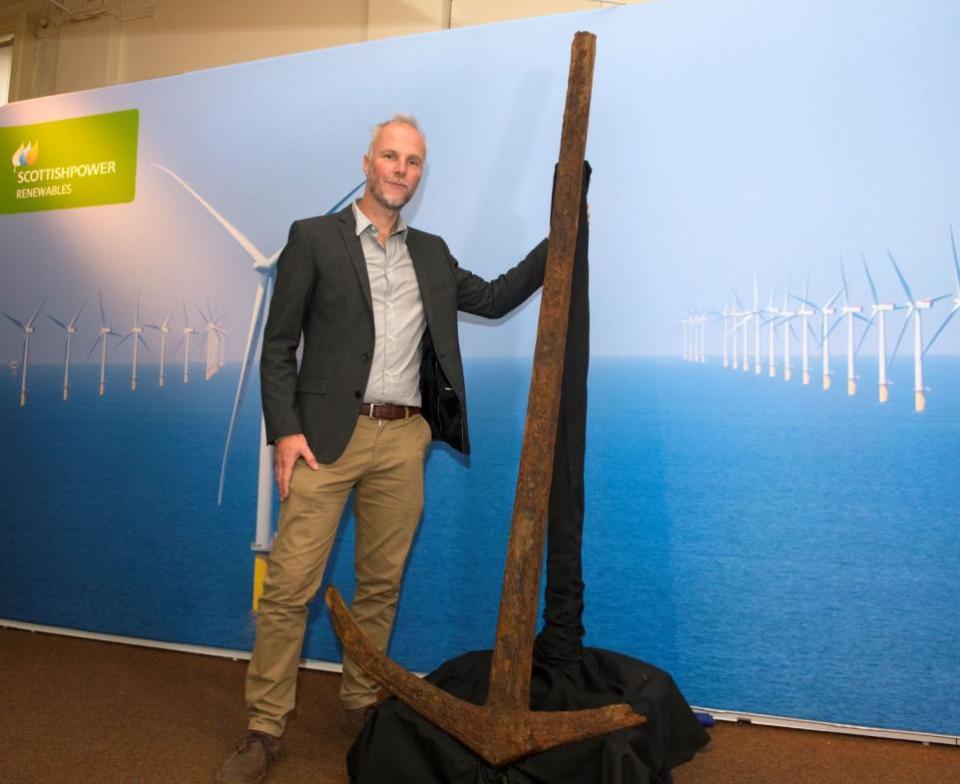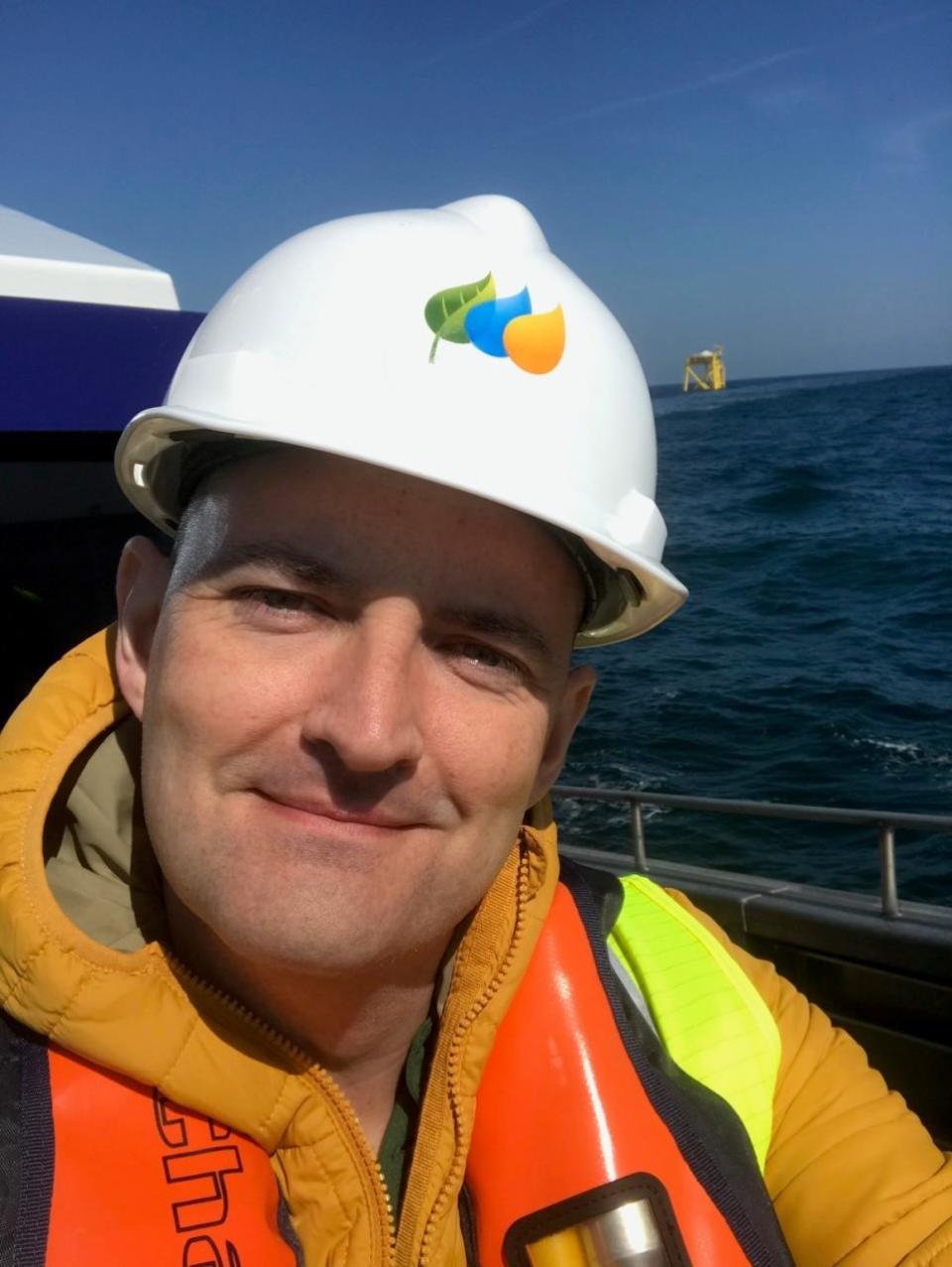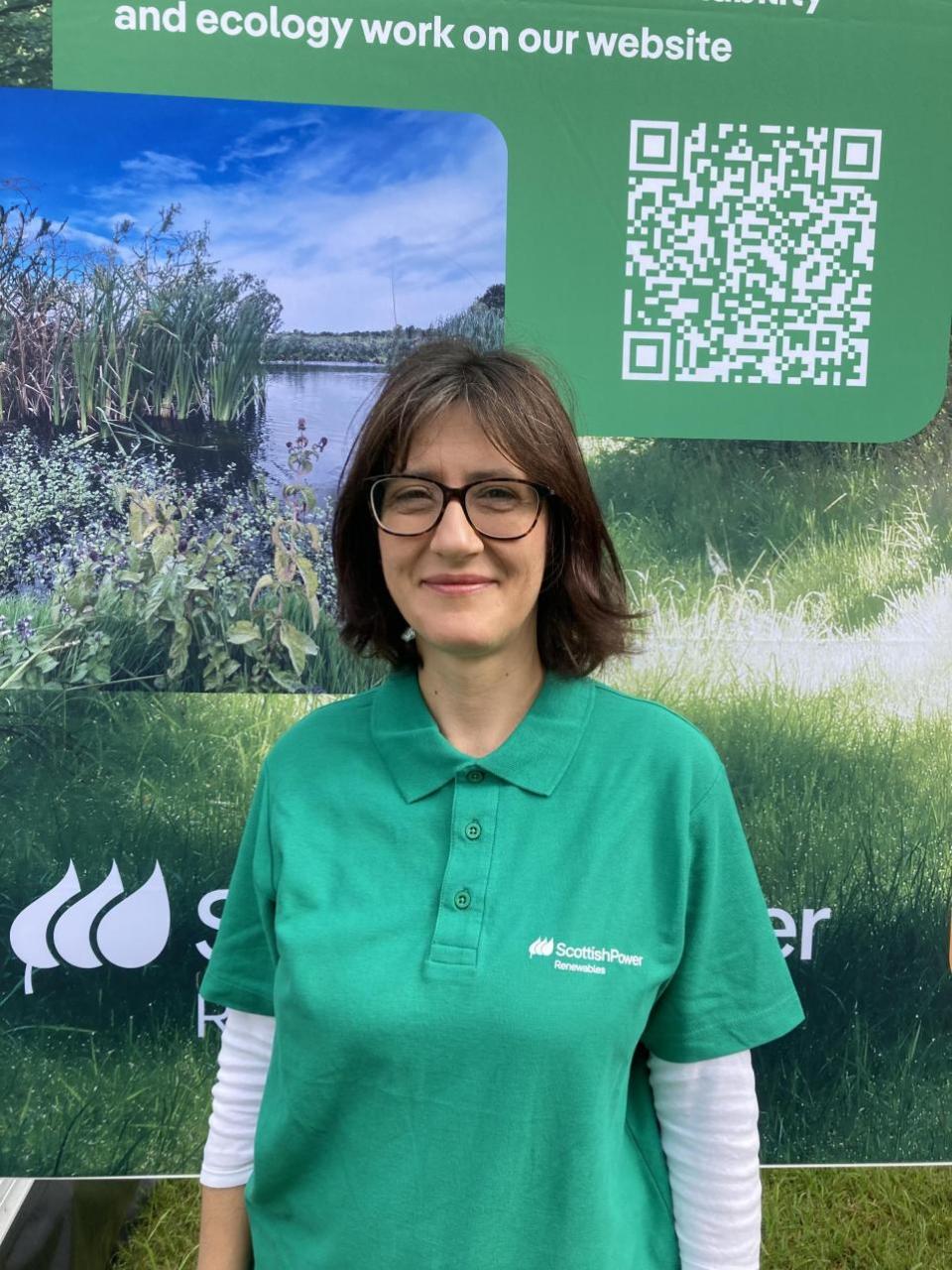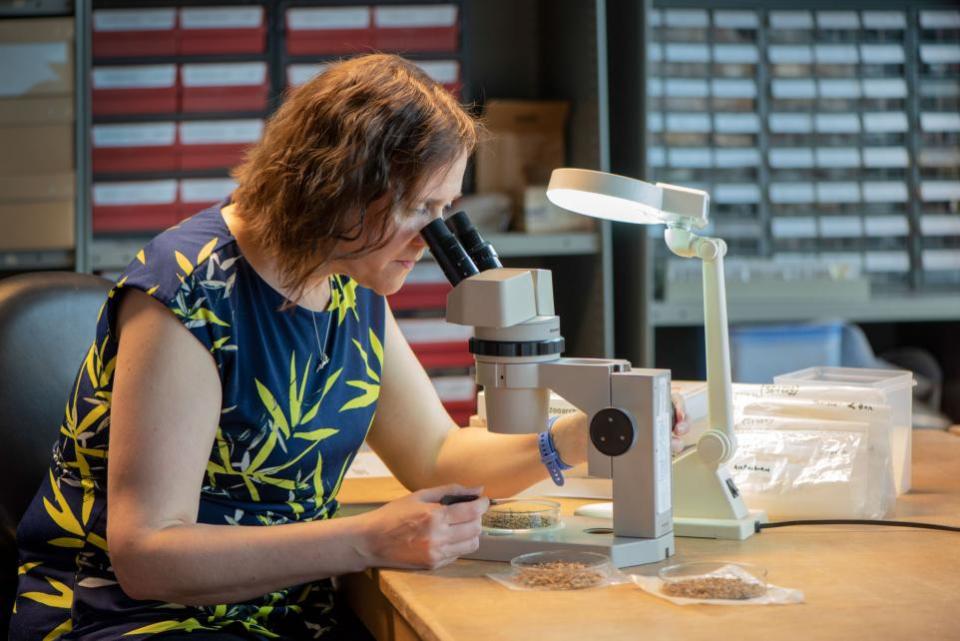Archaeological conservation is a key element of ScottishPower Renewables’ (SPR) wind farm developments on the Suffolk coast.
As part of its promise to complete all survey and construction work with precision, SPR has engaged local and national partners, uncovering some fascinating findings along the way; these included the undiscovered wreck of a German submarine from World War I.
One of the most interesting discoveries was a wrought-iron anchor found on the bottom of the southern North Sea during survey work for the East Anglia ONE offshore wind farm.
The anchor was put on temporary display at Ipswich Museum in 2022, attracting more than 300 visitors in one afternoon.
“Although we initially thought this could be as early as the Roman period, it is slightly younger at 500-600 years old, but state-of-the-art images of the internal structure suggest it bridges the gap between the medieval hand-forging method and the earliest period.” Industrialisation,” said East Anglia ONE archaeologist Brandon Mason of Maritime Archeology Ltd.
“This is the missing link in the process of creating a piece of technology that has changed little in appearance over two millennia, and is something we would not have discovered without the careful development of the wind farm and the resources devoted to studying this finding. ”

Brandon Mason with the unique anchor found during research work for East Anglia ONE (Image: SPR)
Brandon works closely with permit compliance project manager Mark McMullin (right) and SPR’s offshore development team to ensure any impact on the offshore historic environment is minimised.
“The project also has a great working relationship with consultants at Historic England and I have been carrying out monthly updates with them since 2015 when I became involved,” Brandon said.
Most offshore archaeological work is based on remote sensing using geophysical techniques such as side sonar, magnetometry or sonar bathymetry.
This allows the designation of archaeological exclusion zones around sensitive features that are respected by all vessels and activities and monitored by repeated surveys every few years.


Mark McMullin confirms ScottishPower Renewables’ compliance project manager (Image: SPR)
Extensive archaeological work has also been completed along the onshore cable corridor connecting SPR’s wind farms to the National Grid electricity network.
This activity is currently ongoing for East Anglia THREE and fieldwork on East Anglia ONE took place in 2017 and 2018.
The largest archaeological sites were on the Deben peninsula in Bawdsey; Iron Age and Roman settlement here, which lasted up to 500 years, left behind tens of thousands of potsherds and large amounts of animal bones (including a fragment of whalebone). ) and evidence of salt making.
Senior project manager (offshore development) Marta Menchi said: “A series of trenches found during the same excavations marked local enclosures representing lost fragments of medieval Bawdsey and perhaps on the outskirts of the poorly documented medieval port of Goseford.” said. ).
“Not far to the west, near Martlesham, across the River Deben, charred grain found in a pit provided very early evidence of grain cultivation from the early Neolithic period, from around 5,400 years ago.”


Marta Menchi, senior project manager (offshore development) (Image: SPR)
Traces of medieval buildings have been found further inland, some dating back to the late Bronze Age.
“Settlements from this period were difficult to identify archaeologically until recently, but the linear character of the East Anglia ONE corridor provided an opportunity,” Marta said.
All onshore discoveries are currently being analyzed by the Museum of London Archaeology (MOLA) and the Cambridge Archaeological Unit (CAU), while underwater finds are protected by the Maritime Archeology Trust and the Mary Rose Foundation.


All archaeological finds are analyzed by experts before being published and archived in 2026. (Image: SPR)
The program is scheduled to end in 2026 with the publication of reports, books and journal articles, as well as archiving of artefacts and records with Suffolk County Council.
“You never know what you’ll find,” said Marta, “so we always expect the unexpected!”
Mark added: “Ultimately, this is about sharing what we uncover about the region’s past while delivering a cleaner, greener future. It’s exciting to be a part of this.”
Visit spreadanglia.co.uk for more information.


This article is part of LOCALiQ’s Clean and Green campaign, which aims to promote our region as the UK and Europe’s largest in all forms of renewable energy.